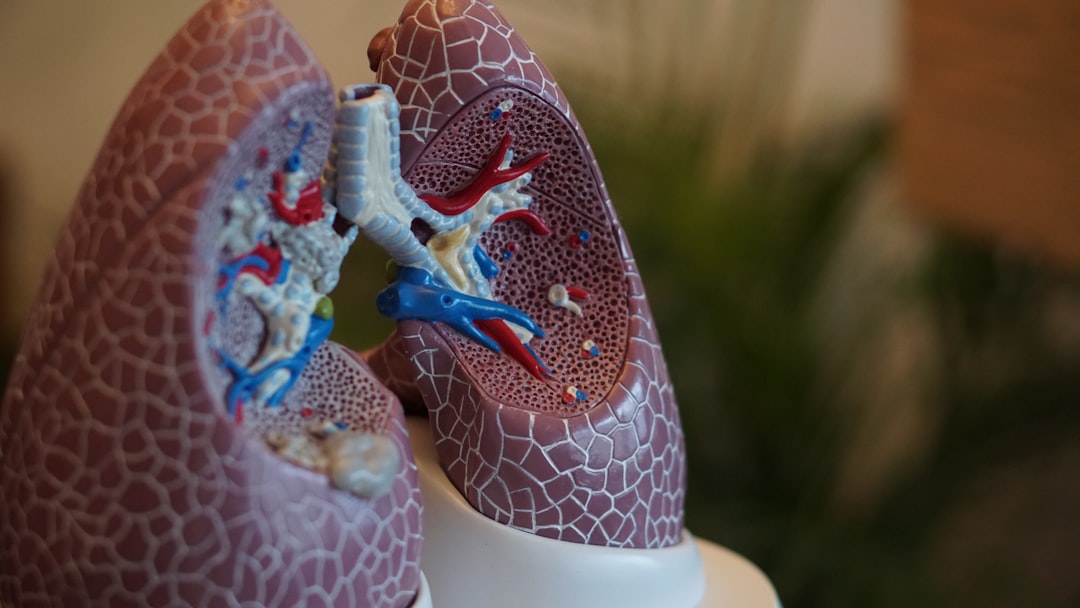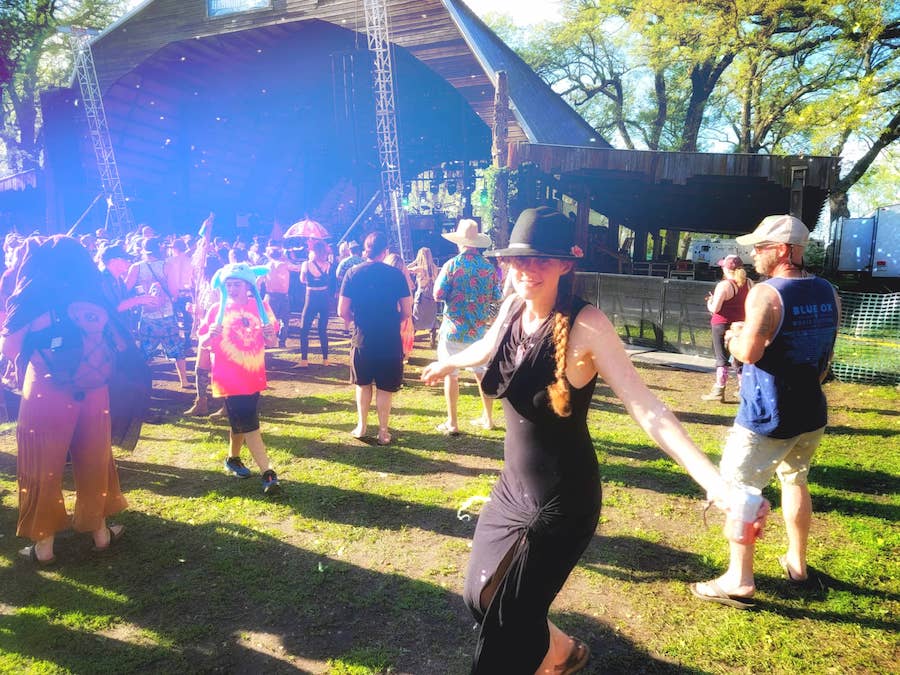How Massage Therapy Helps with Symptoms of Anxiety

Photo by Clayton Robbins on Unsplash
In a classic study of behavioral science from the ’50s and ’60s, Harry Harlow discovered that baby monkeys that were separated from their mothers at birth developed anxious behavior, some even going as far as to engage in self-mutilation. When they were re-introduced to the bigger monkey family, they didn’t know how to act. They’d stay isolated from the others, and some even died from refusing to eat.
In another part of the same study, Harlow set up a fake surrogate mother for the baby monkeys made of cloth. When introduced to new environments, the baby monkeys would explore the new area, run back to the mother for comfort, then go back out and explore again.
The baby monkeys without a surrogate mother became paralyzed with fear when entering new environments. If a noise-making toy was put into the area, the monkeys with the surrogate mother would attack the toy, and the ones without one would cower in fear.
This study is still looked at today in learning about how maternal touch impacts infant development and even its relationship to anxiety disorders in adults.
It completely broke down the view that dominated psychological development prior to his time: That babies only clung to their mothers because they offered food, which completely ignores the perspective that a mother’s touch offers comfort, safety, companionship, and love.
When adults suffer from anxiety, it can often lead to isolation, which separates us from one another. The importance of human connection and touch is not only evident in infant development, but as we continue to grow older and survive in this crazy world.
While treatments like talk therapy and medication can be immensely beneficial for those suffering from anxiety, massage therapy is viewed as an effective complementary treatment due to the psychologically soothing benefits of touch.
This study showed that massage had a positive impact on people with severe anxiety after receiving light-pressure massage regularly for eight months, citing that “the patients were able to rediscover their own capacity during the massage period.” They experienced feelings of unconditional attention, increased self-confidence, and total relaxation in body and mind, thus leading to a reduction in anxiety symptoms.
In another study done in Germany, massage was measured against standard medical care for treating chronic pain as well as the anxiety and depression that comes along with it.
Both groups had significant improvements in pain as well as anxiety symptoms, however, only the massage group maintained both of these improvements at the three-month follow-up.
With anxiety disorders so prevalent in western society and simple human touch seemingly so effective in treating them, there are many massage therapists out there who actually specialize in treating the symptoms of anxiety.
While massage isn’t an end-all treatment for anxiety disorders, paired with traditional talk therapy, it can be an effective complementary treatment, reducing symptoms and possibly improving the effectiveness of the more traditional treatments.
Chantel Patricio, Registered Massage Therapist and owner of Haven Therapeutic Massage in Toronto, Ontario, specializes in helping clients deal with the symptoms of anxiety and depression.
Chantel was inspired to work with this particular niche from her own family members’ struggles with suicide ideation and substance abuse. Because she’d been around people in crisis since she was young, she feels comfortable talking with people about their own mental health, as well as pursuing her own mission of stopping the stigma associated with it.
Overall, she says the experience working with this population has been positive.
“To be completely honest, the label of anxiety rarely comes up nor do I mention mental health diagnoses on their intake unless they do. Two reasons, one is because I need to stay in my scope as I’m not a Psychotherapist/Psychiatrist, the second reason is I’m treating the person, not the diagnosis,” she says. “More often than not, my patients are experiencing high levels of stress and I have them discuss how it affects their function and where it's manifesting in their bodies. To me, that’s what is most important, not their label.”
She says for her practice, communication is at the forefront of all of the treatment she does.
Since stress levels contribute so much to the pain experience, she says clients are often more candid about stress levels with her. She makes sure to thoroughly explain the treatment plan, leaving the lines of communication open with her patients so there are no surprises and they know they can change their minds at any time.
There are areas she treats on every single patient, she says, including the intercostals, or the muscles between the ribs. She always includes breathwork in her sessions, as stress almost always affects breathing in some way or another.
Chantel also says that comfort is a very important aspect of what she does, not just on the table but from the moment her patients walk in the door.
She uses a table warmer, extra body cushions, blankets, and complimentary essential oils. She looks at them right under the eye line as they are talking, so they are comfortable and feel heard, but not intimidated by direct eye contact.
When it comes to the type of massage, she says, “no modality is the magic ingredient.” Although she has found that predictable, slow movements are best as she is working so closely with disrupted nervous systems. She also has a well-rounded list of other mental health professionals that she can refer patients out to when needed, including psychiatrists, psychotherapists, yoga therapists, hypnotherapists, and mental health hospitals.
The healing powers of touch.
Massage therapy offers something profound for human wellbeing that many people out there are deficient in without even realizing it: Touch.
From Harlow’s study about infant monkeys’ development in the comforting touch of their mothers to other scientific studies on massage therapy’s effects on mental health, it’s becoming clear that the physical human connection offered through touch has profound therapeutic benefits on our health and wellbeing.
For thousands of years, humans have been healing one another through hands-on touch, including different energy healing techniques like Reiki, Healing Touch, and energy tapping techniques. Even today, Reiki is used in hospitals to help with anxiety and stress levels, including at prestigious medical institutions like the Mayo Clinic in Rochester, Minnesota.
Reviews of a multitude of studies have shown consistent, positive results when it comes to using energy healing techniques (Reiki, in this case) to reduce symptoms of anxiety, depression, and stress.
Reiki and other energy healing modalities use the concept of the body’s energy field, finding imbalances within that field that are often associated with physical or emotional symptoms, and correcting them using no-contact hands-on techniques that vary depending on what culture or tradition they were born from. In western science, it’s called “biofield therapies.”
While the results of hundreds of studies are pretty consistent and many people out there swear by the positive effects of energy healing, western science hasn’t been able to explain the mechanism behind these particular forms of healing touch. Modern science just doesn’t have a method that confirms the role of the quantum energy field, thus making results largely subjective.
While science grows leaps and bounds by the decade, perhaps one day sooner rather than later we’ll be able to materially explain the existence of these energy fields within us, things many healers have already known since ancient times.
Until then, energy healing is another complementary form of touch-based healing that has profound implications on mental health in a more natural, non-invasive way.
Final Thoughts.
With as much as 11% (or more) of the western world struggling with anxiety disorders, having a variety of treatment options available is an important part of the approach. Talk therapy can dig into why anxiety developed in the first place, while treatments like massage therapy can help reduce the physical symptoms experienced as a result of the anxiety. Energy healing techniques, while lacking a “modern scientific” material explanation, subjectively has helped many people find relief from their mental health issues, as well.
Perhaps the growth in anxiety disorders stems from our disconnection with each other. For decades, many jobs have gone behind desks, where people hide behind computers or within the gray walls of cubicles. People talk through social media instead of face to face, and our physical connection with each other is depleting. With such evidence growing that touch-based therapies do have profound effects on mental health, maybe we can use that information to dig into why anxiety has gotten so out of control in the first place.












If you enjoyed this article or recipe, please consider giving it a comment! It helps others discover my blog and recipes, and your comments always make my day :) Thank you for your support!
Your email address will not be published. Required fields are marked *